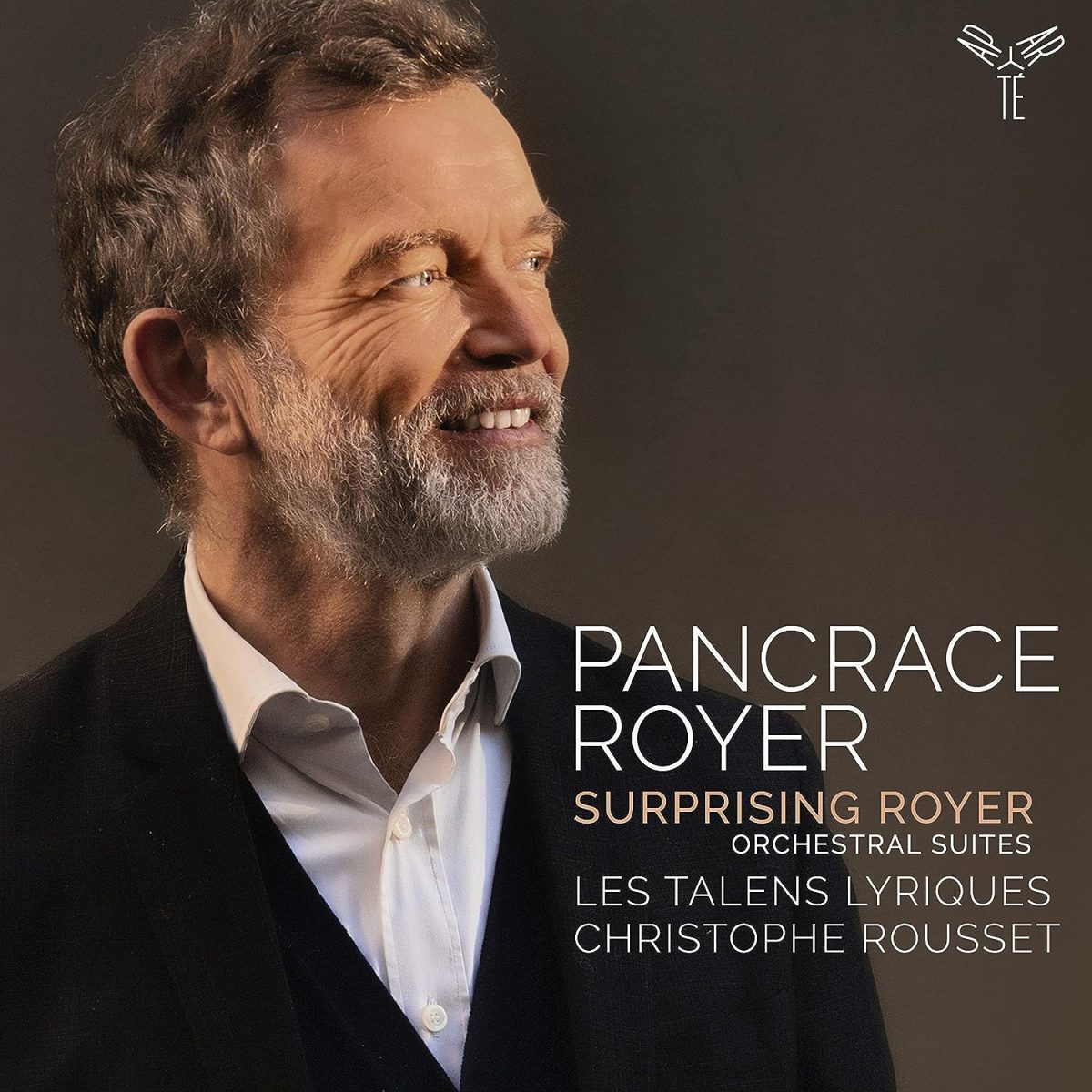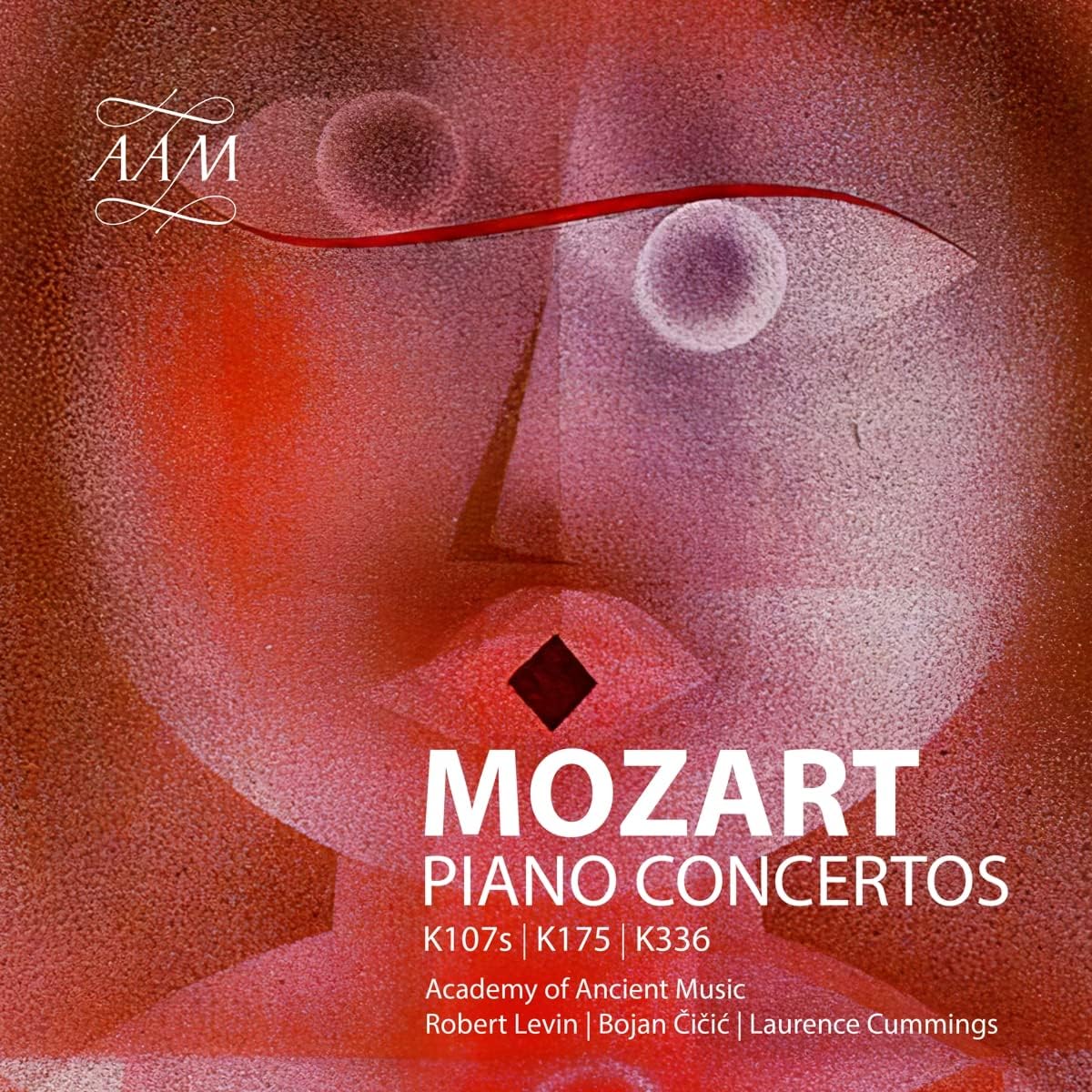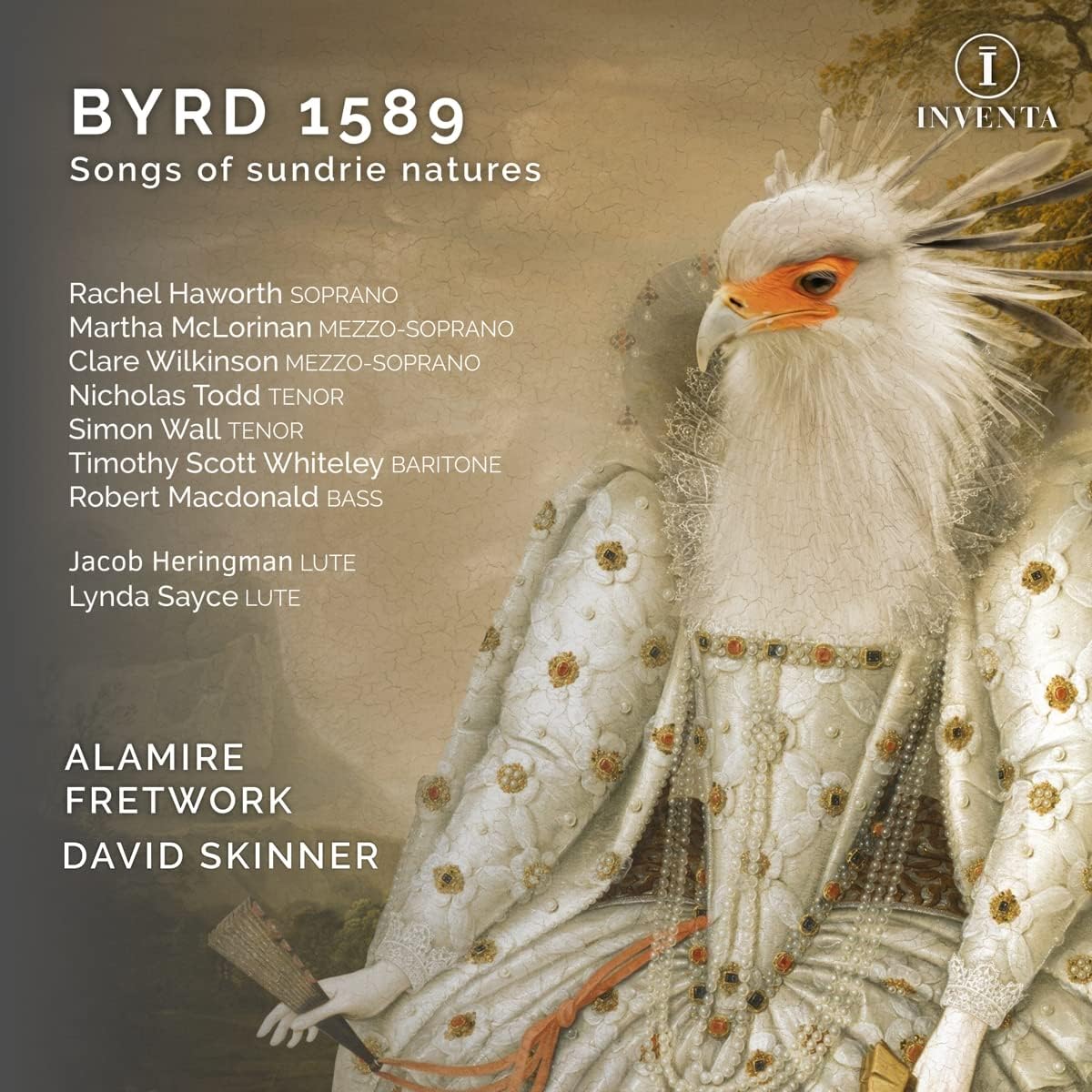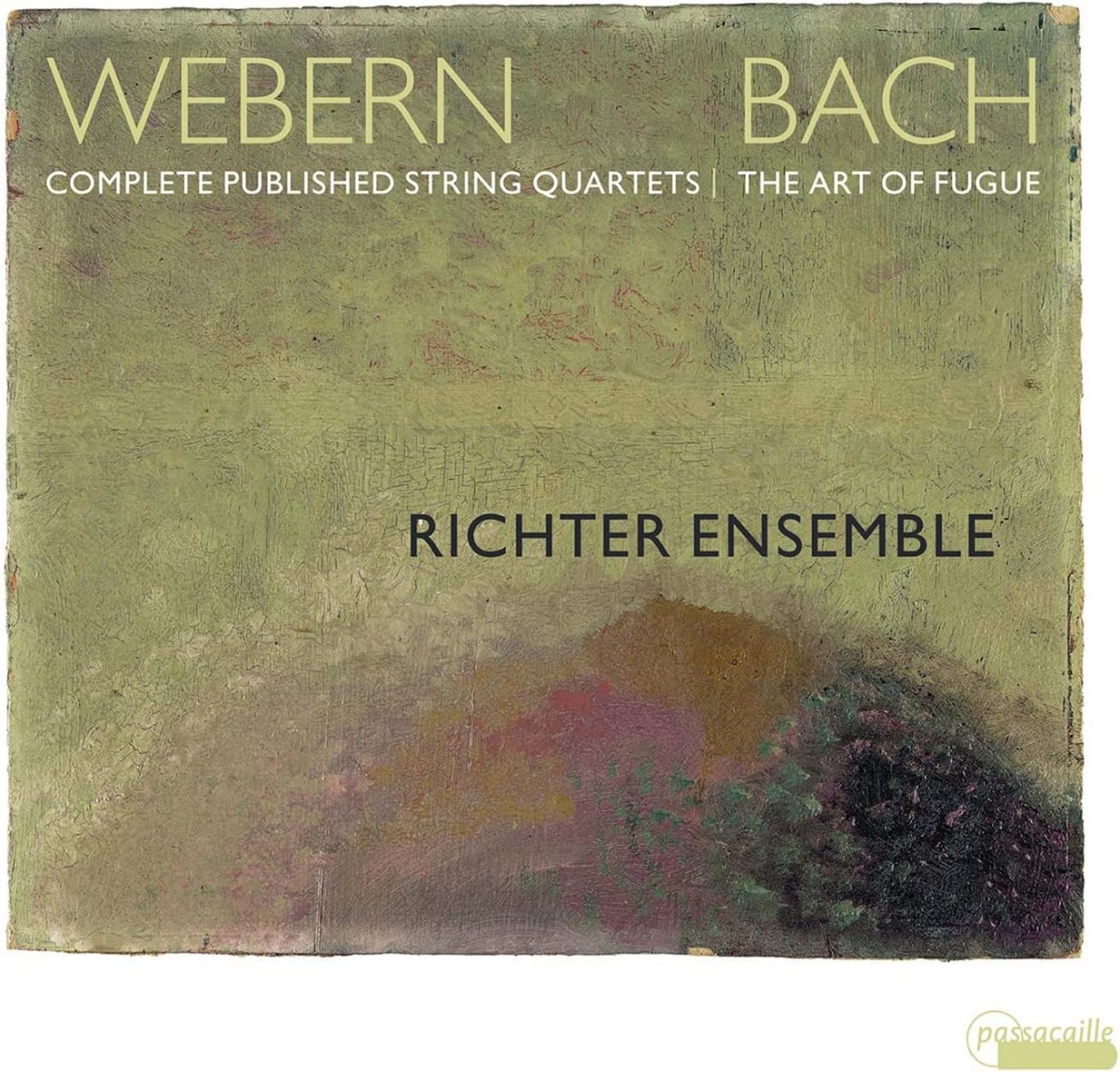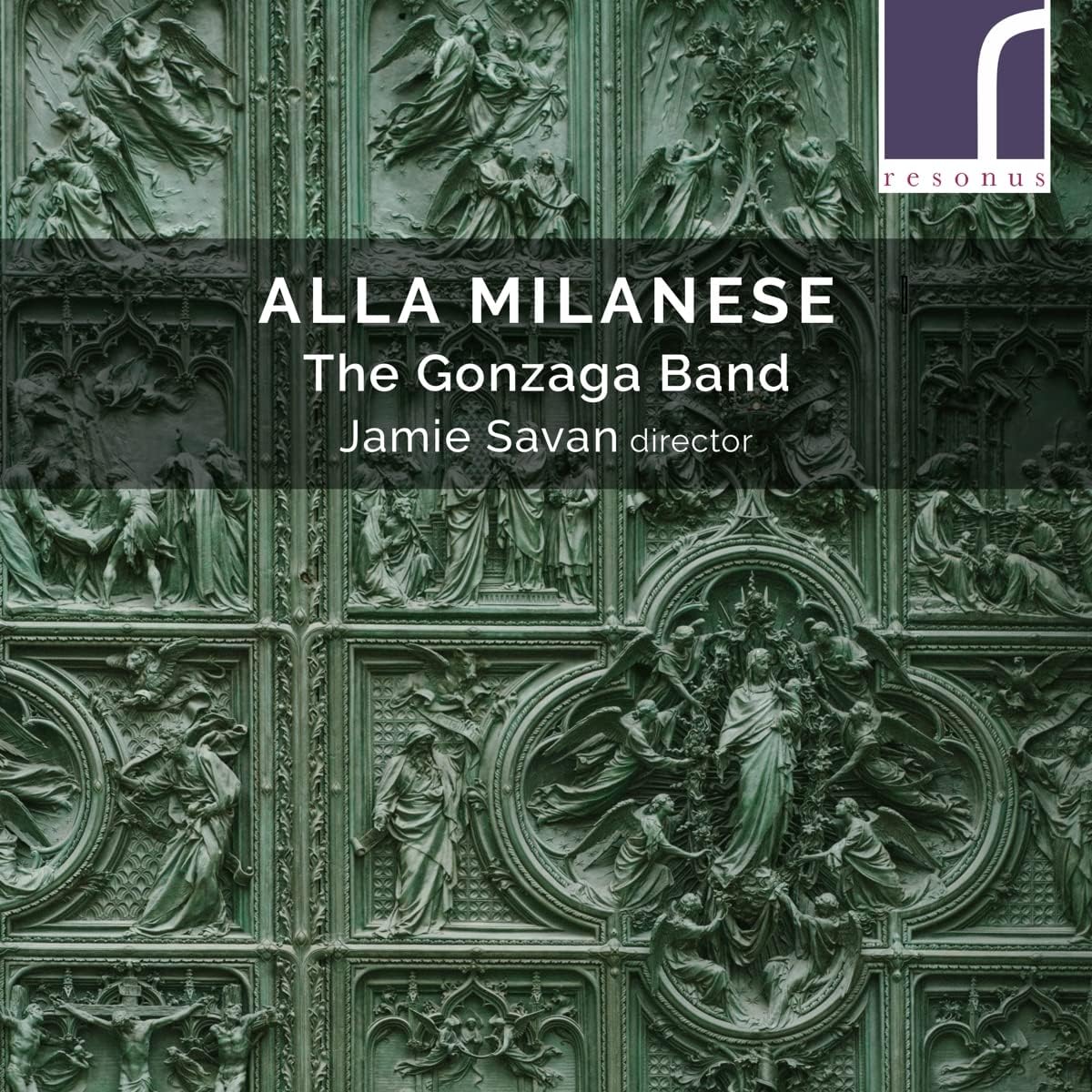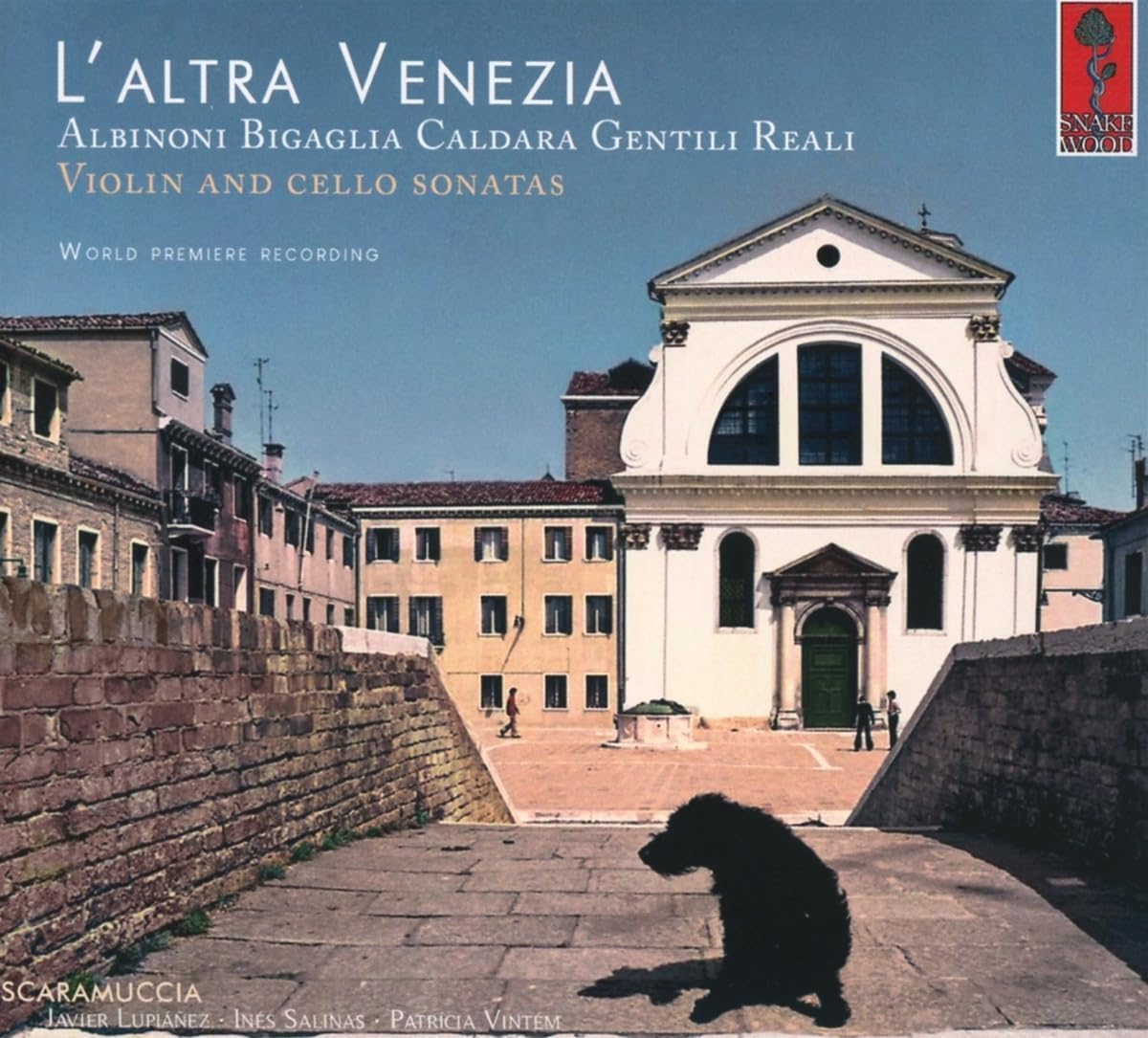[Music by] Marco Uccellini
Ensemble Ozio Regio
57:04
Seuletoile SE05
The booklet notes draw attention to the parallel creative firmament of science and music which characterised 17th-century Italy (with a long lead-up of course). This was the period of Galilei and a fascination with order, conceptual hierarchies, and exploration. The title of the disc is taken from an intriguing piece which embodies this preoccupation with formalism. The piece is based on the sol fa “translation” of its title into a melody – la sol re la mi fa fa la re – which repeats a good number of times throughout.
The Uccellini programme is punctuated with organ pieces by Pasquini and harpsichord solos by Battifieri, in a very well-conceived sequence. The opening organ toccata makes for a dramatic entry, with an enticing procession of promised cadences being wrong-footed by the pedal, so to speak. The expectation generated leads into a grand ensemble with bright trombone and a light and flighty cornett, with violin and cello. The natural balance between the parts is a remarkable piece of recording engineering, giving clarity and a realistic presence to all the parts. In one or two other pieces the trope of placing the cornett in its own acoustic, away from the strings, has proved tempting. Maybe this is intentional, but in a real performance, the physical proximity of the players creates the musical conversation. An acoustic separation is therefore subliminally interpreted as a lack of that conversation, which is of course very unfair to this marvellous playing. The cornett and violin tightly follow each other, and yet at the same time each has its own characteristics, which gives real interest. This is exemplified in the aforementioned “La Sorella…”, which is then followed by a cleverly chosen harpsichord piece by Battifieri, which has a remarkably similar mode and mood.
The instrumentation is varied in sympathy with each piece. The cool abstract sound of the tenor recorder in the fourth piece floats in its own circle of the Galilean heavens, looking down on the terrestrial strings. The performances overall are relatively gentle and abstract. The violin narratives are told in the flicker of a fireside rather than under the hard light of a stage. With appropriate symmetry, the programme ends with the full ensemble, rounding off this excellent performance.
Stephen Cassidy

